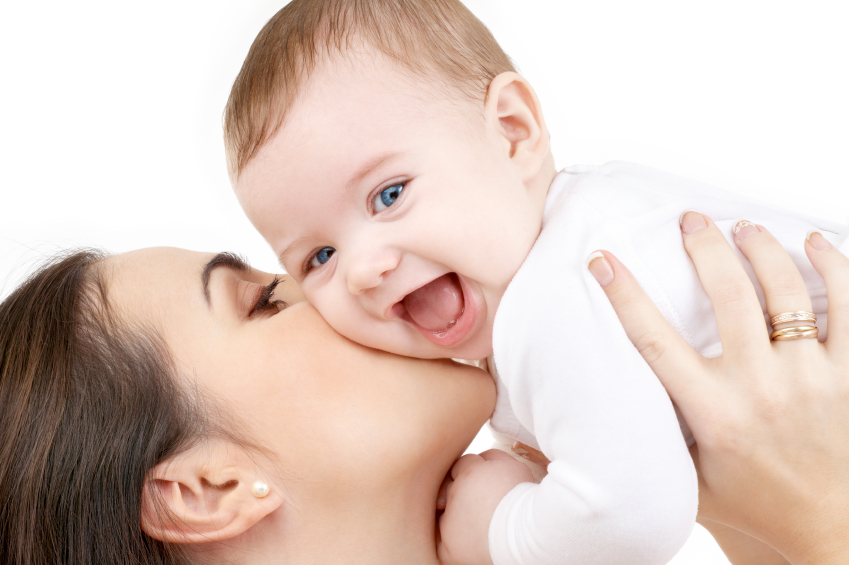ASK THE DIRECTOR: WEANING OFF THE PACIFIER – MISSION IMPOSSIBLE II

Dear Director,
My 2 year old still uses a pacifier. Her dentist has warned me that if she doesn’t stop using the pacifier it could ruin her teeth. Ever since the dentist visits I have been on a mission to wean her off the pacifier. She is not cooperating one bit and this whole process has become a mission impossible episode.
“Gonna Suck” Cambridge, MADear Gonna,
I feel your pain. Our parents routinely struggle with the Pacifier; however, using our helpful tips will turn mission impossible into mission possible.
The reason that it is much harder to wean a child from the pacifier than the bottle is because unlike the bottle (which is a necessary food source for infants), the pacifier is solely used to comfort and make a baby feel secure (hence the word pacifier) That is why after years of experience I advise parents if at all possible not to use a pacifier so they won’t be faced with mission impossible down the road. Comforting and making a baby or child feel comforted or secure is the parent or caregivers responsibility. Therefore if we replace the unnatural / artificial TLC with some natural / real TLC, you will find the weaning process possible.
Your mission, if you choose to accept it is to wean your child off the pacifier with love, patience and consistency.
RULES OF ENGAGEMENT
Be Creative! You have no choice but to become very persuasive and creative or else you will have to suffer the consequences of an irritable child who is gearing up for a fight once the pacifier is thrown out the window. Therefore, you’ll have to convince your child that giving up her beloved pacifier isn’t something to frown up but something to celebrate. For instance, you can have a pacifier weaning party in her honor and then give her a special sticker or big boy/girl present when he/she finally hands over the pacifier.
Look for a healthier and better substitute for the pacifier. Experts agree that pacifiers can result to dental damage so if you want to wean your child from the pacifier then you must choose a substitute that should be healthier than the pacifier. For instance, you could rock her to sleep or teach her to go sleep with a sweet lullaby tape instead. Take note, encouraging your child to suck her thumb instead of the pacifier is not recommended.
Wean off the pacifier gradually. Allow your child to use the pacifier during specific times only like during sleeping time. However remove the pacifier once she is asleep so she will get use to not having a pacifier in her mouth when she wakes up. This can be a struggle though especially if she is so attached to the pacifier she would wake up when it is removed from her mouth so be patient because it will happen.
Keep your child busy with other things. One reason why your child keeps holding on to the pacifier is because she has nothing better to do. Introduce her to other games suitable for her age. When she is playing or occupied with other activities she will be more interested in exploring her surroundings than holding on to her pacifier.
Give her more love and attention. Remember there’s nothing like the real thing. Weaning your child from the pacifier isn’t easy and she will probably need a bit more love and attention during the weaning process. If so, give your love freely, exercise patience and don’t get frustrated if it takes longer than you expected. Your child will eventually get rid of the pacifier but it may take time.
If you want to wean your child off the pacifier, you can do it. You simply have to look for healthier and better substitutes to soothe her, be patient, wean gradually, distract the child’s attention, and administer unconditional love. You’ll soon find that your child has stopped using the pacifier once and for all. Mission Accomplished!
Tartt’s Day Care Centers Inc. Boston based childcare centers operating since 1946 specialize in the care and education of infants and toddlers.
“Ask The Director “ is written by Wanda Geer in collaboration with Anita Handy and Nida Wright. Director’s at Tartt’s Day Care Centers Inc. their combined childcare experience totals 40 years.


Leave a Reply